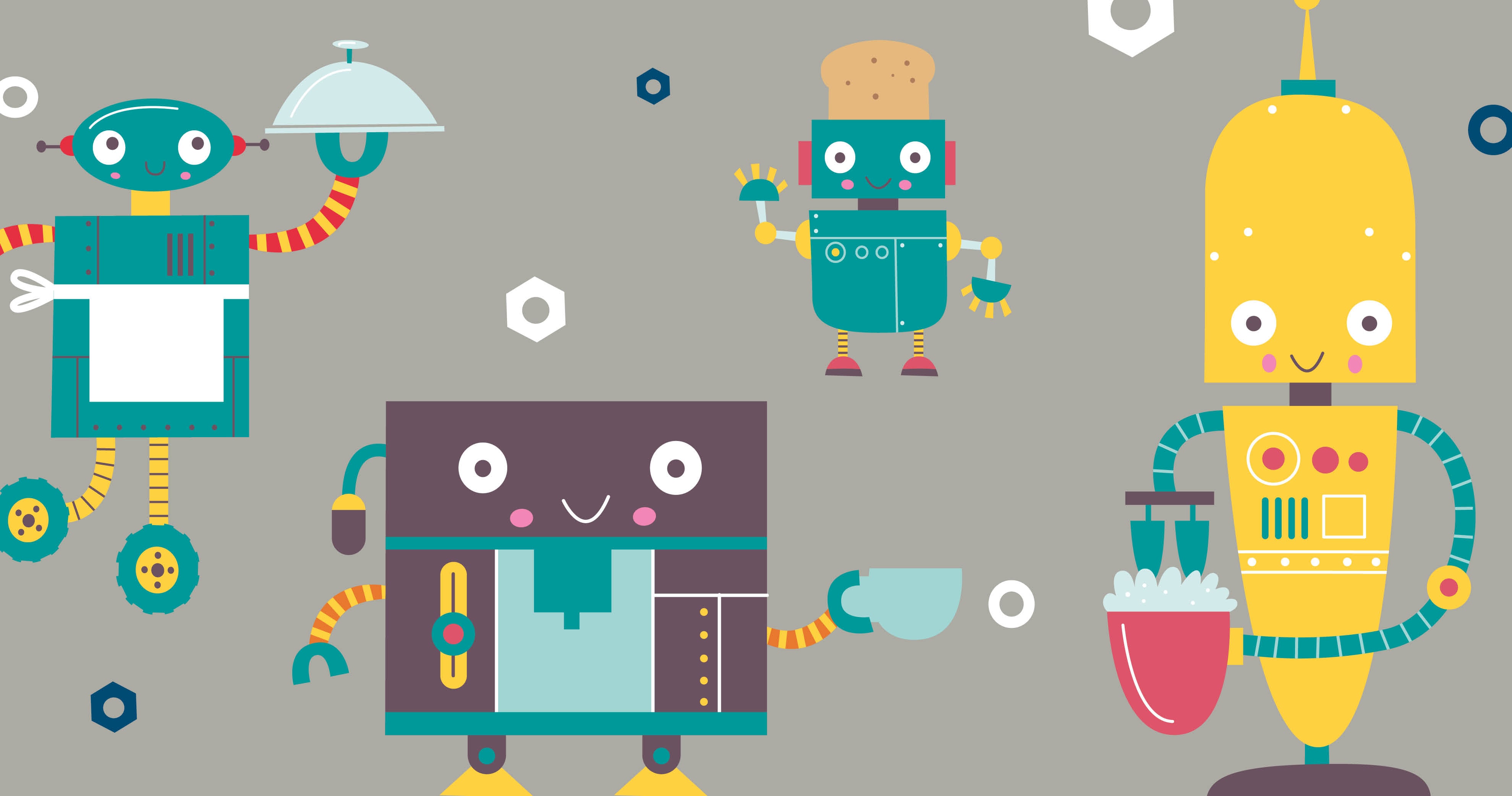
Accelerated adoption of robots and other forms of automation in the restaurant industry will be the top trend for 2022, according to consulting firm Baum+Whiteman’s annual trends forecast. Innovations in automation and robotics around the world only prove the point that this will be a global affair.
Labor shortages and the dangers of Covid exposure have shifted attitudes towards the working conditions of restaurants and hospitality. In the US alone, 890,000 people quit the hospitality industry last year and the leaving rate hit 6.8%, more than double the national average.
That’s where automation can help. While automation in the kitchen can take many forms, from pre-programmed combi ovens to smart equipment and cloud-based controls, robotics represents the most innovative, forward-thinking solution ready to tackle labor issues.
Working side-by-side
Trend forecasters point out this doesn’t mean the end of human work in restaurants; rather, robotics and automation can replace some of the more menial tasks traditionally completed by people to free them up for more direct communication with customers for enhanced service and hospitality.
Once a fantasy and now a reality, we’re seeing robots working side-by-side with real people in restaurants around the world. Miso Robotics’ “Flippy” has been working alongside human staff, flipping burgers and frying fries, tots and chicken tenders at White Castle locations in the US. Buffalo Wild Wings is also reportedly testing the system for its famous wings.
Burgus Burger Bar in Israel has piloted SavorEat’s 3D printing robot, which simultaneously extrudes and cooks plant-based burgers. The machine’s ordering app customizes consumer preferences for size, protein and fat contents as well as degree of doneness. Then, it’s up to the people to add the toppings, package up the food and serve it up with a smile. Another Israeli company has a similar system using robotics in the works, and according to the Baum+Whiteman report, US foodservice operator Sodexo plans to trial the platform this year.
The semi-automated Sushiro restaurant in Tokyo features a combination of employees and machines serving up 1,500 dishes per hour – from sushi to ramen to fried chicken. The machines cook and mold the sticky rice for the sushi. Menial tasks done, it’s then up to the human staff members to layer on hand-cut pieces of fish and otherwise shape and finesse the rolls and dishes. The system’s artificial intelligence can project customer traffic in 15-minute increments, so machines and people together can start prepping ahead of a rush.
Robotic servers
China opened a “robot restaurant complex” in the Guangdong province two years ago. The FOODOM Tianjiang Food Kingdom is the sixth automated restaurant operated by Qianxi Robot Catering Group and features more than 40 robots capable of cooking and serving more than 200 dishes. Guests order through robotic servers, and food is delivered directly to tables using an elevated rail system as well as via human staff, who have more time to devote to customer service.
Back in the US, Creator Burger, a shuttered robotic burger restaurant in San Francisco, reopened in Daly City, California, featuring machines that can grind meat, cook burgers and toast buns – leaving humans to handle the addition of toppings and service to the customer.
Fast-casual salad chain Sweetgreen recently partnered with Spyce, an automated restaurant in Boston that uses robotic woks that spin, cook and toss grain bowls into serving bowls. Humans are still needed to talk to guests to ensure their orders are correct and up to standards. According to the Baum+Whiteman report, Nice Day, a Chinese-American takeaway startup in New York, is experimenting with a similar solution that uses automated woks to cook and serve dishes.
DoorDash, one of the largest food delivery companies in the US recently acquired Chowbotics, maker of Sally, an automated salad bowl vending machine. This will allow burger restaurants, for example, to easily add salads to their menus without overburdening human staff. Although robots will be an integrated part of restaurants of the future, the people behind, and in front of, the serving counter still rule the roost.
Amelia Levin
